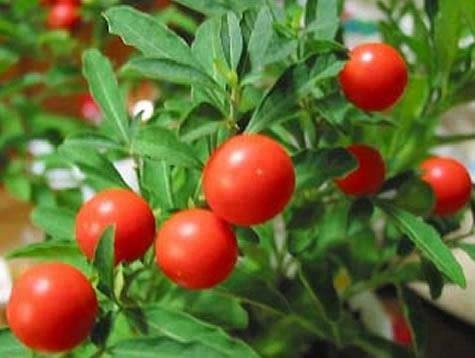General Information
Ashwagandha also known as wonder herbs as it have multiple medicinal properties. It derives its named "Ashwagandha" as its roots smell like horse and it vitalize body and provide strength just like horse. Its seeds root and leaves are used for preparing various drugs. Drugs prepared from Ashwagandha used for stress reliver, to treat senile dysfunction also used to control anxiety, depression, phobia, schizophrenia etc. It is a branching shrub with average height of 30cm-120cm with fleshy, whitish brown roots. Flowers are of greenish color with orange-red berries. Rajasthan, Punjab, Haryana, Uttar Pradesh, Gujarat, Maharashtra and Madhya Pradesh are major Ashwagandha growing states in India.











